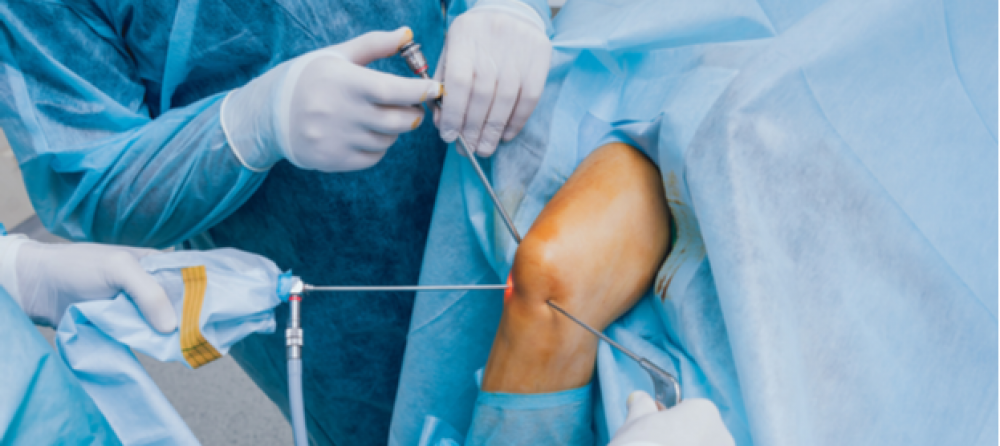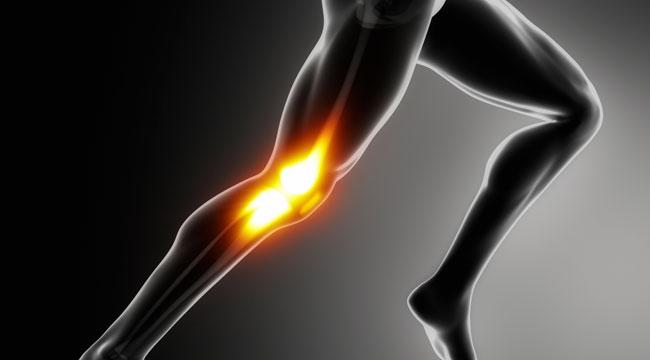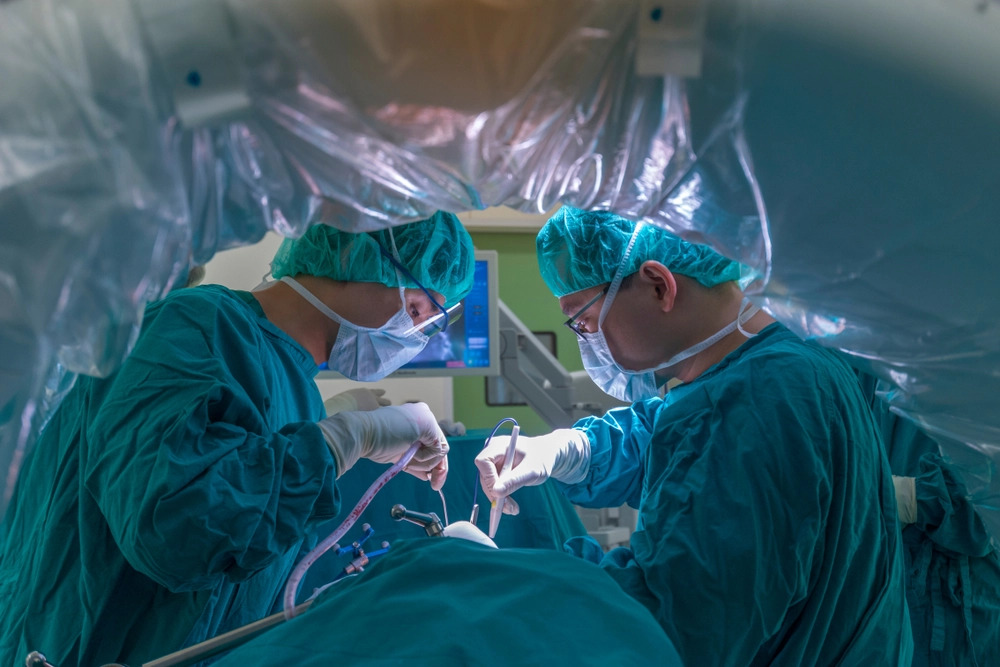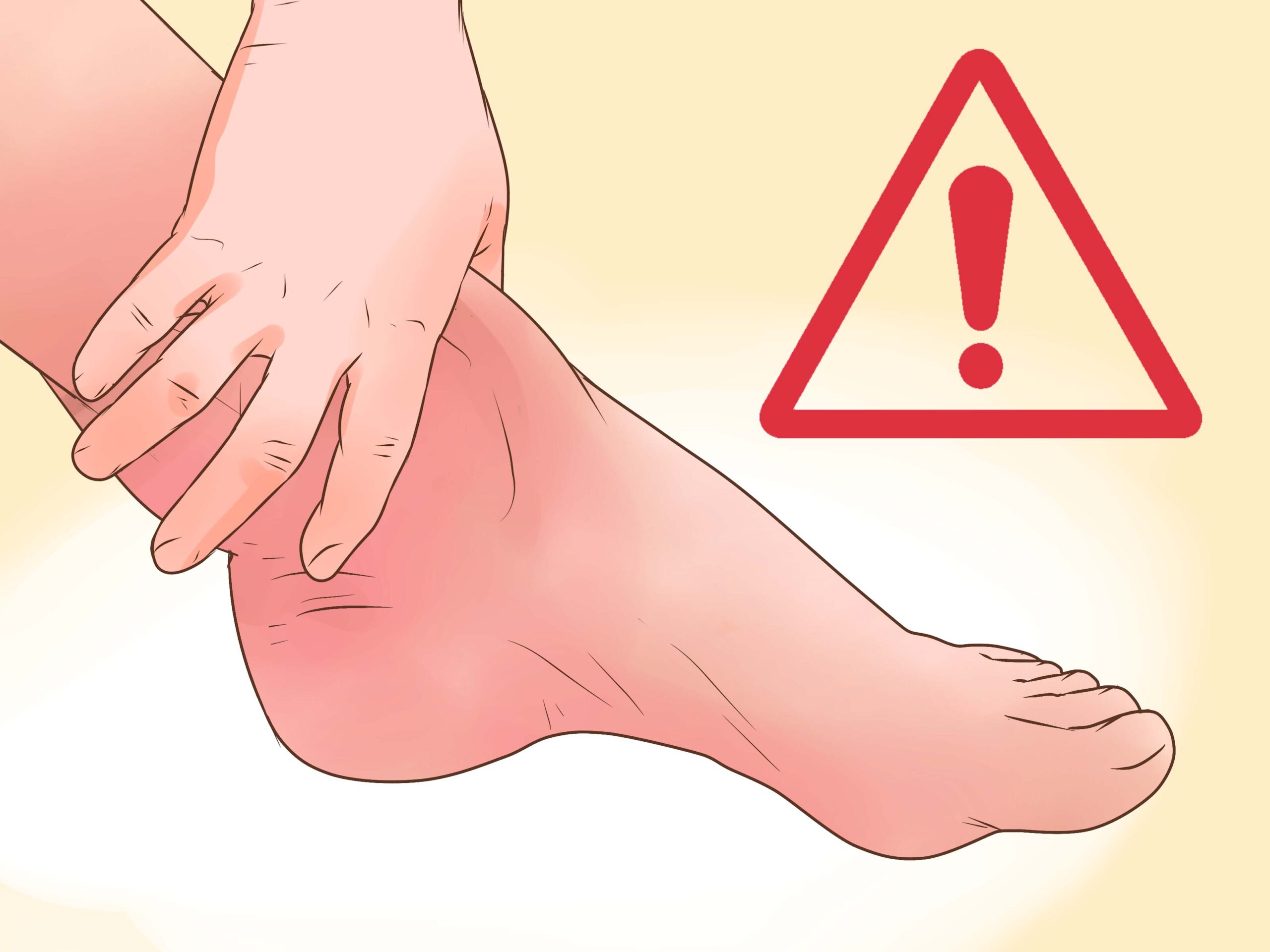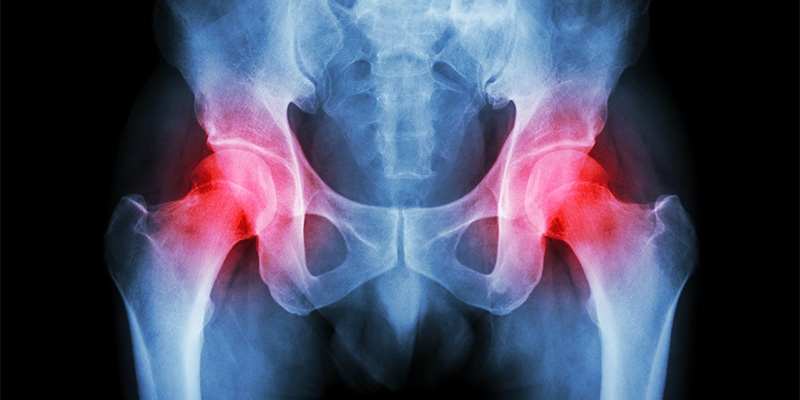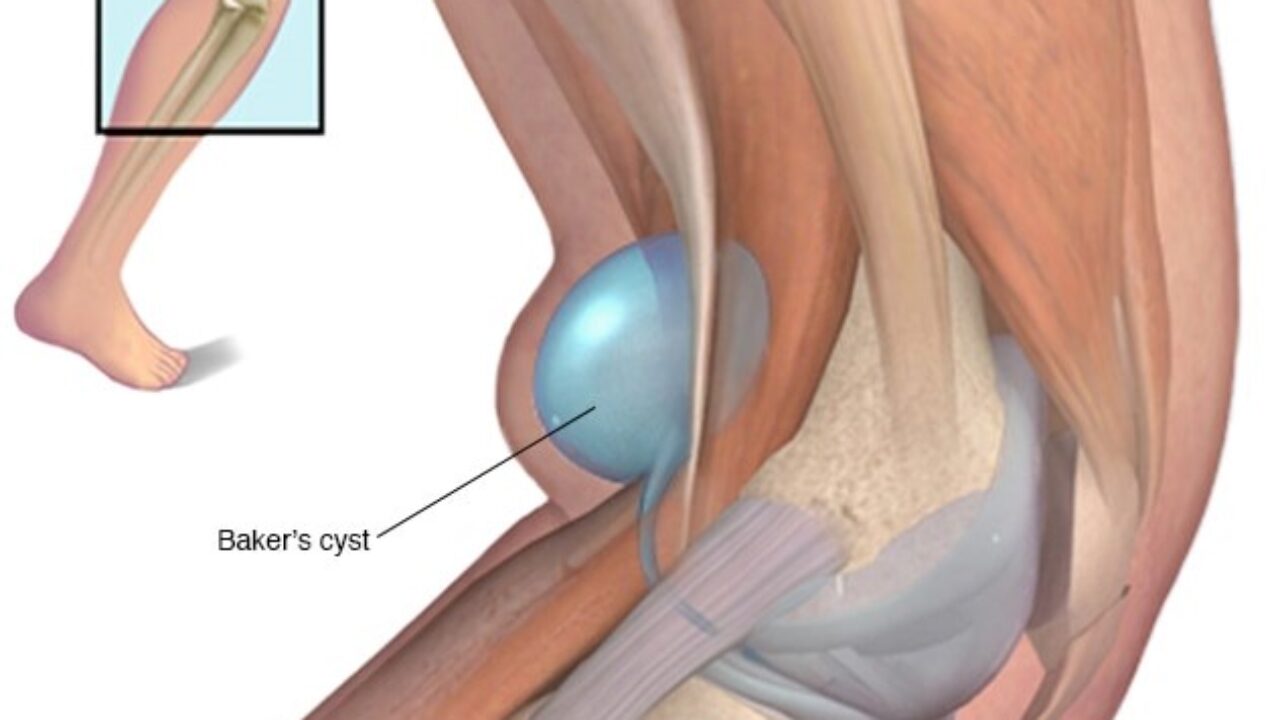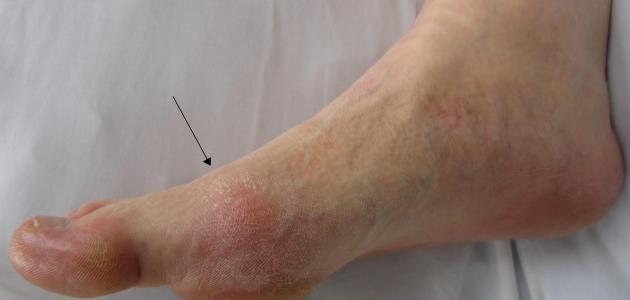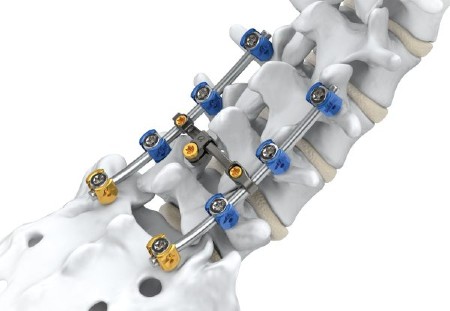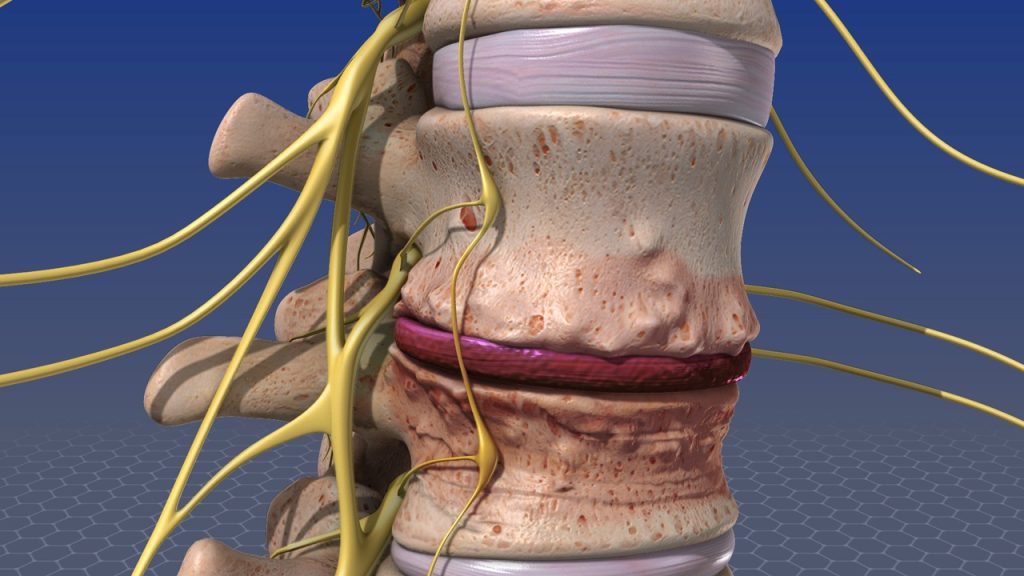Damage to vertebrae fixation operations
Fixation of the back vertebrae is one of the surgeries recommended by doctors in certain cases, including the presence of problems in the cartilage of the back vertebrae, or when the patient is exposed to severe pain after a back injury, which impedes the movement of the patient, and we explain to you other details of this surgery in the following article.
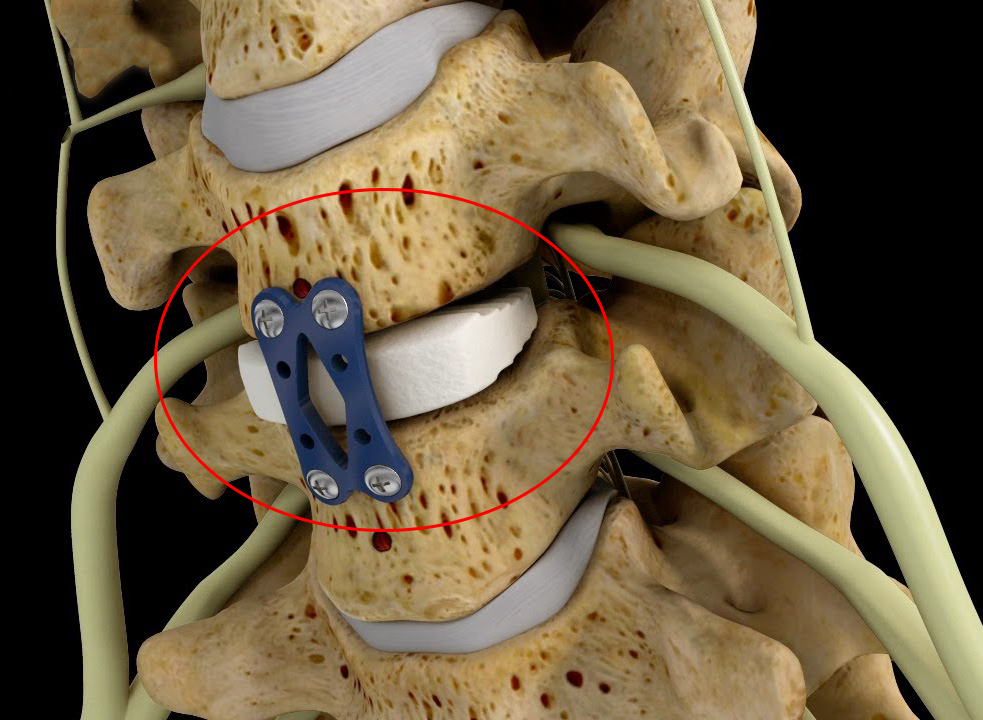
Postoperative exercises
Vertebrae stabilization is considered one of the necessary medical procedures after the injured person has been injured in the vertebrae. There is more than one way to perform it, including surgical operations and others that can be performed through the endoscope, and this is determined by the doctor in general, depending on the diagnosis that he makes first.
There are a number of instructions that follow the process of fixing the vertebrae in the back, and their aim is to give the patient comfort, work to improve the condition of the joints and vertebrae, and give a greater possibility for a faster recovery and return to the usual physical activity without complications in the vertebrae.
One of the important steps after the surgery is to work on improving the condition of the injured person through post-operative instructions related to walking, sitting, and sleeping, as well as how to perform physical therapy after surgery, and exercise is of great importance after surgery to get a faster recovery.
Types of exercise after vertebrae fixation
There are some medical and physiotherapy procedures that enable the patient to get rid of pain after surgery, and the following exercises can be done:
- You can start walking and swimming for short periods during the first weeks of recovery.
- The work can be done to bend the knee gradually.
- The toe can be lifted while keeping the heel on the ground.
- Rotate the foot clockwise several times and counterclockwise several times.
- Buttocks muscles can be stretched because they improve more than any other muscle.
- Using yoga exercises that improve the state of muscle tension or tension associated with the operation.
Duration of recovery from cervical spine surgery
Vertebral stabilization is considered one of the major medical procedures that often require an open wound, and therefore it can take a longer recovery period, up to 6 full months, and work can be done to improve the condition of the injured person through exercise and appropriate medications.
When will you return to your normal life after the vertebral stabilization operation?
After the spinal fixation operation, the patient needs some time to return to his full physical activity, but during the first periods after discharge from the hospital, the patient can start using medications and supportive devices in the first days after surgery until he gets a better recovery.
Types of vertebrae fixation screws
Certain types of nails are used that connect the vertebrae, and thus the patient feels more comfortable than bending the back or movement in general, and the type of nails suitable for the person can be determined by the attending physician so that there is an ability to recover faster, and the doctor explains all these details to the patient after performing the surgery.
Problems after the process of fixing the vertebrae?
The process of fixing the vertebrae is necessary for the event of a back injury or inflammation of the vertebrae, which leads to erosion or weakness in the cartilage between the vertebrae, and thus the presence of roughness that leads to severe pain in the vertebrae.
Some important instructions can be used after performing the preferred stabilization surgery, which gives the patient the possibility to reach a faster recovery, but the vertebrae fixation process is the same as the rest of the surgeries, after which the person may be exposed to pain and some complications.
Damage to vertebrae fixation operations
There is a possibility of damage or risks after the operation to fix the vertebrae in the back, and the chances increase that the surgery was performed through regular surgery and not the endoscope, and this is determined by the attending physician, and the complications or problems of the vertebrae fixation process can be as follows:
- Inflammation in the affected part.
- Bleeding in the vertebrae.
- Feeling severe pain after surgery.
- Bacterial infection.
- Nerve damage.
- exposure to clots.

